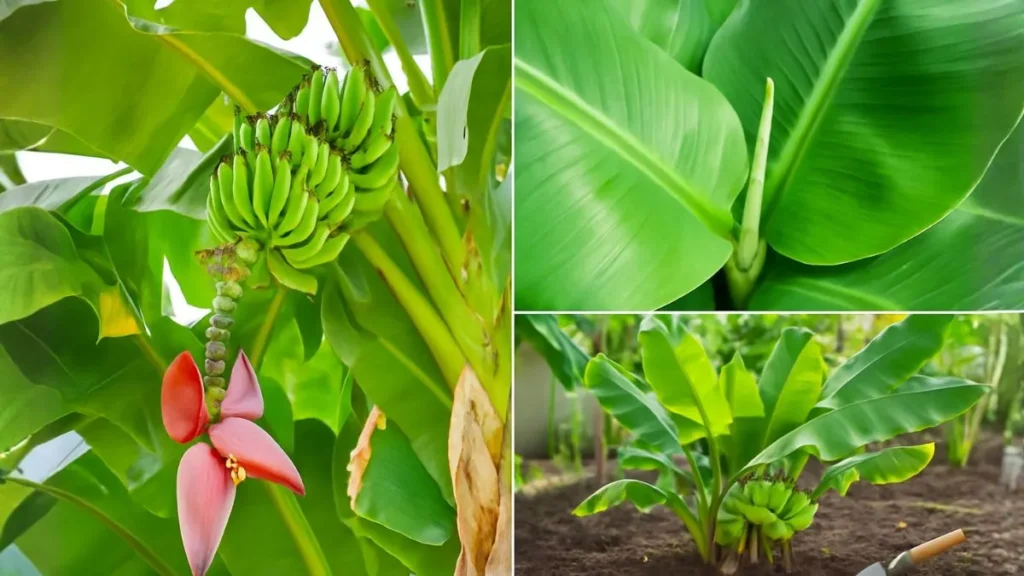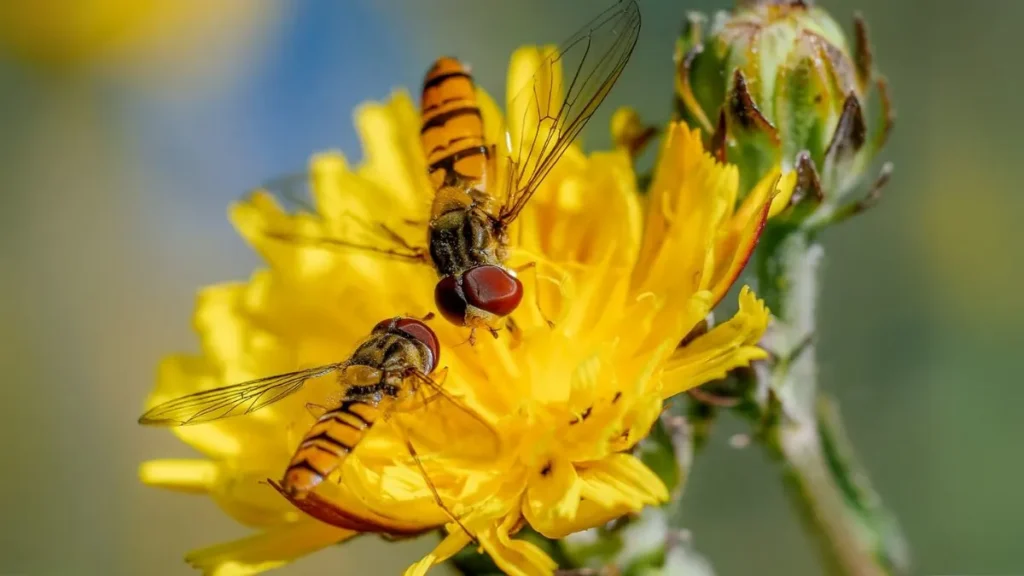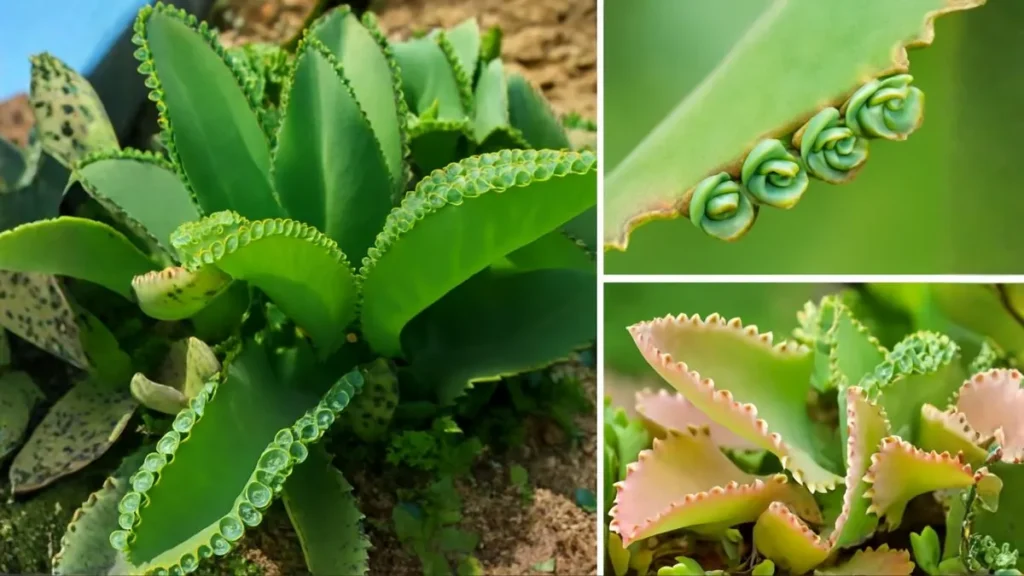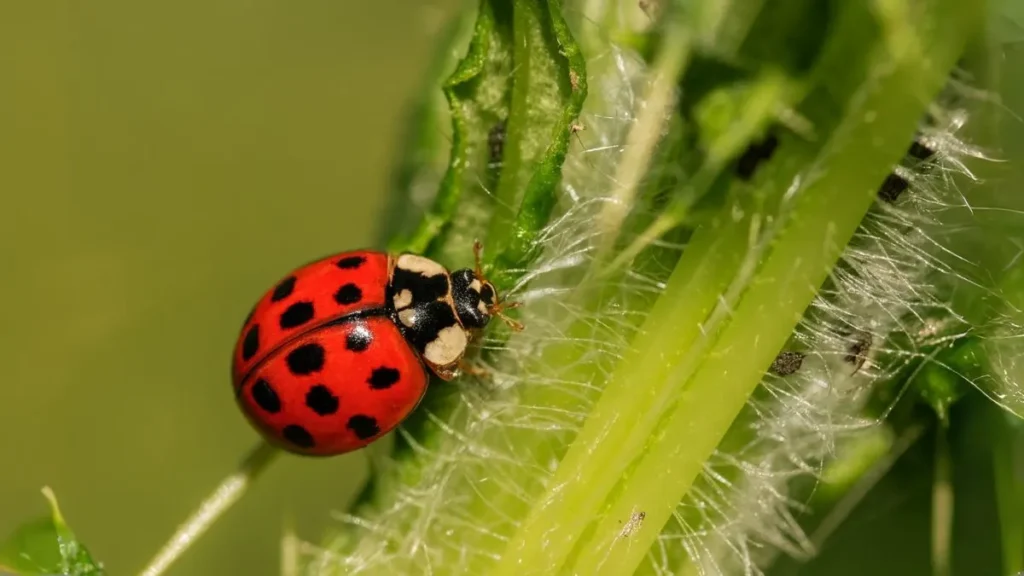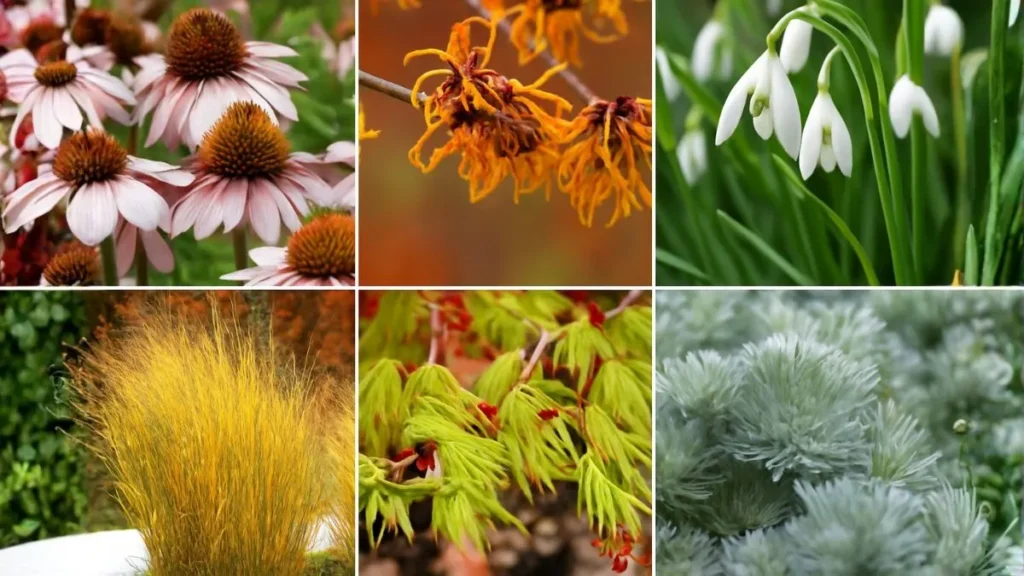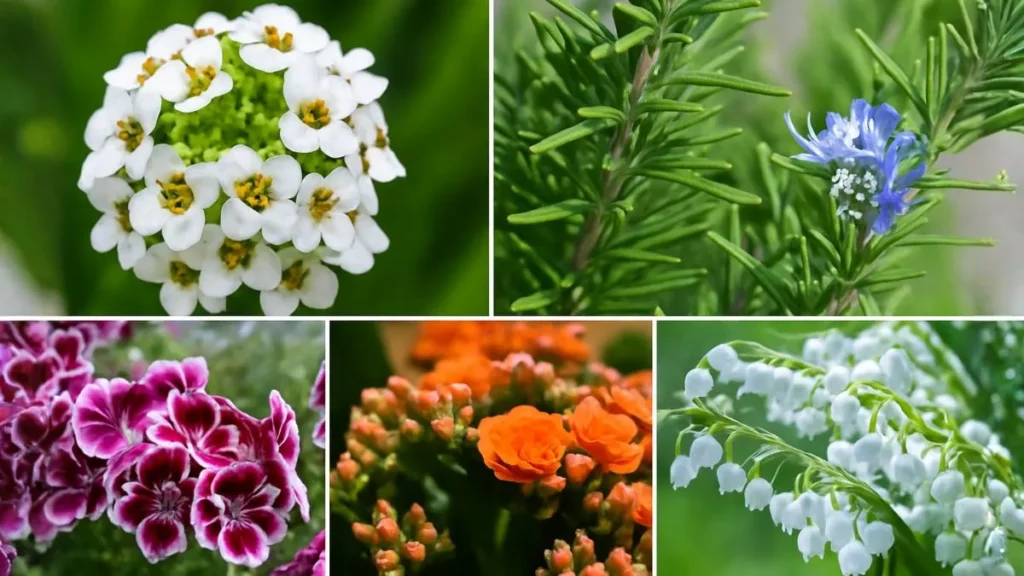For most people, weeds are just annoying invaders. They take over lawns, steal nutrients from flowers, and spoil the look of a perfectly maintained yard. But here’s a little secret—weeds can provide important clues about the quality of your garden soil.
Think of weeds as nature’s messengers. Every wild plant thrives in a specific type of environment. By looking at the weeds in your yard, you can figure out your soil’s pH level, nutrient levels, compaction, and drainage without spending a fortune on tests.
When I moved into my home in Canada, I battled endless plantain weeds. Later, I learned they were signaling soil drainage issues, pH levels, nutrient levels, fertility and compaction. That discovery changed my gardening forever.
How Weeds Work as Soil Indicators

Weeds don’t grow randomly. They pick the spots where the soil suits them best. In fact, they can tell you a lot about soil conditions because their growth patterns directly reflect the underground environment.
It’s not just about the plants—they reveal what your soil lacks or has in excess. For example, wild plants can be good indicators of soil texture and even moisture holding capacity. Instead of pulling them out blindly, observing them gives you valuable insight into how to improve your soil naturally.
Key Soil Signals From Weeds
-
pH Levels
The soil’s pH level plays a big role in what weeds appear. Acidic soil often attracts sorrel and plantain, while neutral to alkaline soil encourages chickweed.
In fact, they can reveal the soil pH, aeration, moisture holding capacity without fancy equipment. If you see certain weeds thriving consistently, your soil may be leaning too acidic or too alkaline.
-
Nutrient Levels
Weeds act as quick testers for nutrient levels. For example, clover appears when nitrogen is low—it compensates by fixing nitrogen from the air. On the other hand, nettles love soil that is already nitrogen-rich.
This means they serve as “nutritional markers,” helping you identify whether your soil needs enrichment or if it’s already too fertile.

-
Compaction and Drainage
Few things are more damaging to soil health than compaction. It blocks airflow, water absorption, and root growth. Luckily, weeds with deep taproots, such as dandelions and burdock, are natural indicators.
Also Read: How to Enrich Your Garden Soil Naturally for Bigger, Better Harvests
These thrive in tight, poorly draining soils. Their strong roots break through compact layers, signaling it’s time to aerate or add organic matter. In fact, weeds can provide important clues about the quality of your garden soil by pointing to hidden drainage issues.
-
Soil Texture and Moisture
If your yard tends to stay soggy after rain, weeds will tell you first. Wild plants can be good indicators of soil texture, letting you know if your soil is sandy, clay-heavy, or loamy.
Chickweed, for example, enjoys fertile, well-textured soils with good drainage, while plantain thrives in compacted, poorly draining areas. These differences show why paying attention to these saves time and effort.
Common Weeds and What They Mean
Here’s a quick guide to interpreting weeds as soil clues:
Weed Type |
What It Indicates |
Dandelions (deep taproots) |
Soil compaction, poor aeration, low calcium |
Burdock |
Drainage problems, compacted heavy soil |
Clover |
Low nitrogen levels in soil |
Plantain |
Acidic soil, poor drainage, compaction |
Nettles |
High nitrogen and rich nutrient levels |
Chickweed |
Neutral to alkaline soil, good fertility |
These examples prove that weeds aren’t just random—they are indicators of soil drainage issues, pH levels, nutrient levels, fertility and compaction.
Also Read: Homemade Organic Fertilizer: Simple Ways to Nourish Your Plants Naturally
How to Use Weed Clues for Better Gardening
Step 1: Observe Before Pulling
Instead of immediately removing weeds, take a closer look. Ask yourself: what soil conditions are making them thrive?
Step 2: Confirm With a Test
Use weeds as a natural warning system but back it up with a soil test. This will confirm whether your weeds’ message about pH level, nutrient levels, compaction, and drainage is accurate.
Step 3: Fix the Problem
- If weeds suggest low fertility, add compost or organic fertilizers.
- If compaction is the issue, aerate the soil and mulch.
- If poor drainage is indicated, improve water flow with raised beds or organic matter.
By addressing these signs, your garden will recover faster and healthier.
My Experience: Learning the Language of Weeds
During my first year of gardening, I wasted endless weekends pulling out dandelions. Only later did I realize that weeds with deep taproots, such as dandelions and burdock, were showing me that my soil had severe compaction and drainage issues.
I changed my approach—added organic matter, aerated the soil, and improved drainage. Within months, they reduced naturally, and the lawn turned greener. That’s when I truly understood: weeds can tell you a lot about soil conditions if you know how to listen.
Also Read: A Simple Guide to Propagating Christmas Cactus
Weeds aren’t just stubborn invaders—they’re teachers. They signal pH level, nutrient levels, compaction, and drainage, giving you a natural soil analysis for free.
By paying attention to them, you can uncover hidden soil drainage issues, pH levels, nutrient levels, fertility and compaction. Remember, wild plants can be good indicators of soil texture, and they can even reveal your soil’s moisture holding capacity.
So, the next time weeds invade, don’t just pull them out—ask yourself what they’re saying about your soil. If you learn this language, your garden will thank you with healthier plants, stronger lawns, and less stress.
